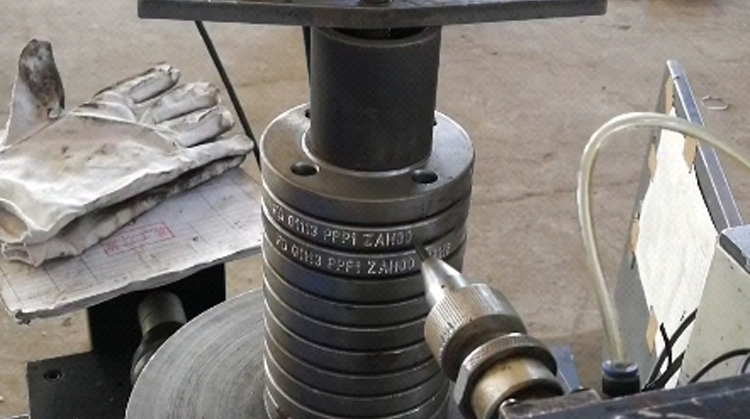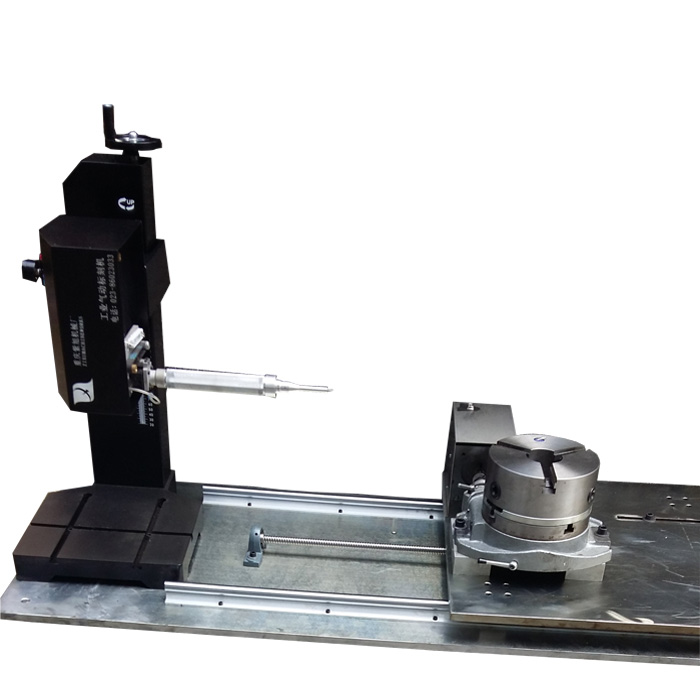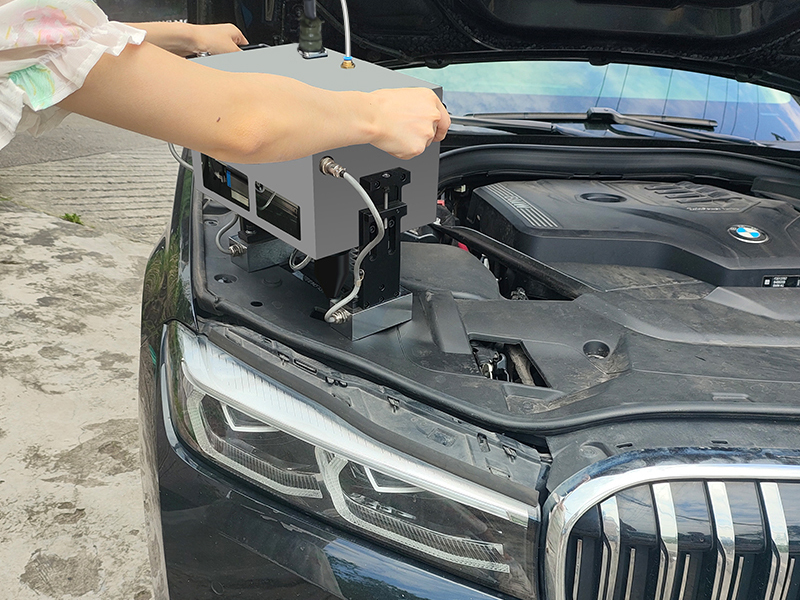Портативные и стационарные машины для маркировки фланцев: Что выбрать?
Машины для маркировки фланцев играют важнейшую роль в промышленности, особенно в таких отраслях, как производство, строительство и металлообработка. Эти машины специально разработаны для нанесения на фланцы важной информации, такой как идентификационные номера, типы материалов и другие важные данные, которые способствуют правильной установке, отслеживанию и контролю качества.
Роль Машины для маркировки фланцев
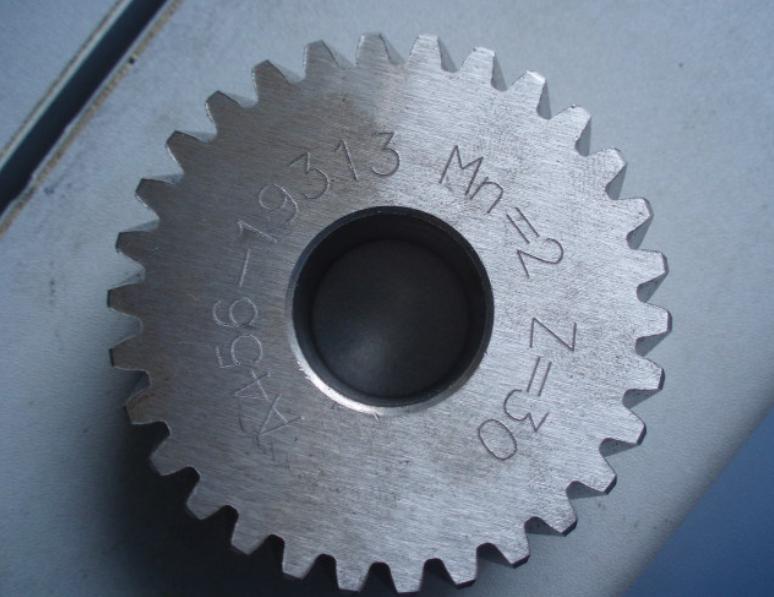
Машины для маркировки фланцев играют важнейшую роль в обеспечении точной маркировки фланцев в соответствии с отраслевыми стандартами и правилами. Такая точность очень важна, поскольку она способствует быстрой идентификации при монтаже, значительно снижая риск ошибок, которые могут привести к дорогостоящим задержкам или угрозе безопасности. Обеспечивая ускорение процессов сборки, эти машины повышают общую эффективность работы, позволяя командам сосредоточиться на других важных задачах.
Кроме того, правильная маркировка жизненно важна для эффективного обслуживания и управления запасами, помогая организациям с легкостью отслеживать свои компоненты. Четкая маркировка гарантирует, что каждую деталь можно быстро найти и обслужить, что особенно важно в отраслях, где простои могут дорого стоить.
Независимо от того, используется ли оборудование для маркировки фланцев на крупных производственных объектах или в небольших партиях, оно повышает производительность и способствует созданию более безопасной рабочей среды. Их способность оптимизировать рабочие процессы не только повышает эффективность, но и способствует соблюдению стандартов безопасности, что в конечном итоге приводит к улучшению результатов проектов и снижению ответственности организаций.
Типы машин для маркировки фланцев
Машины для маркировки фланцев бывают двух основных типов: портативные и стационарные. Каждый тип предназначен для удовлетворения конкретных промышленных потребностей в зависимости от окружающей среды, объема работ и требуемой точности маркировки. Понимание особенностей и сфер применения этих машин поможет вам выбрать оптимальный вариант, соответствующий вашим производственным требованиям.
Портативные машины для маркировки фланцев
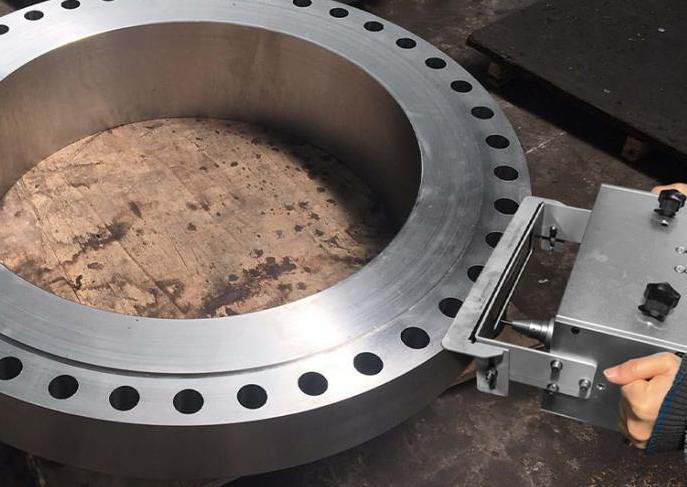
Портативные машины для маркировки фланцев разработаны с учетом требований мобильности, что делает их идеальными для использования на месте. Эти машины обычно компактны, легки и удобны для транспортировки, что позволяет рабочим маркировать фланцы в удаленных или динамичных условиях. Портативные машины особенно полезны в таких отраслях, как строительство, нефтегазовая промышленность или техническое обслуживание, где маркировка должна производиться непосредственно на рабочей площадке.
Они обеспечивают универсальность в отношении размеров фланцев и материалов, а простота использования позволяет быстро настраивать и наносить маркировку в различных условиях.
Ключевые особенности портативных машин для маркировки фланцев:
- Мобильность: Легко транспортируется между рабочими площадками или отделами.
- Простота использования: Минимальное время настройки и удобное управление.
- Гибкость: Может маркировать фланцы различных размеров и материалов.
- Экономия места: Подходит для помещений с ограниченным пространством или временных установок.
Хотя портативные машины удобны, они, как правило, предназначены для небольших операций и не могут обеспечить такой же уровень автоматизации и точности, как их стационарные аналоги.
Стационарные машины для маркировки фланцев
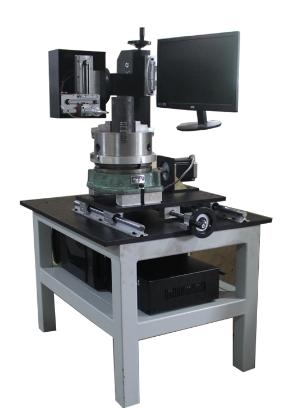
Стационарные машины для маркировки фланцевС другой стороны, они предназначены для использования в стационарных условиях с высокой производительностью, например на производственных предприятиях. Такие машины часто интегрируются в производственную линию, обеспечивая быструю и непрерывную маркировку больших объемов фланцев при минимальном вмешательстве оператора. Стационарные машины обычно оснащены более современными технологиями, такими как системы ЧПУ или лазерная маркировка, что позволяет им наносить точные и детальные метки на фланцы.
Благодаря своему стационарному характеру стационарные машины лучше всего подходят для предприятий с постоянным и крупносерийным производством. Они обеспечивают непревзойденную эффективность при длительном производстве, значительно сокращая время маркировки и повышая производительность.
Преимущества стационарных машин для маркировки фланцев:
- Высокая эффективность: Оптимизирован для непрерывного крупносерийного производства.
- Передовые технологии: Часто включает в себя ЧПУ или лазерную маркировку для точной, детальной работы.
- Долговечность: Создан для длительного использования в сложных производственных условиях.
- Автоматизация: Возможность интеграции с производственными линиями для бесперебойной работы.
- Последовательность: Обеспечивает равномерность и точность маркировки, даже при больших пробегах.
Понимая сильные стороны каждого типа, предприятия могут выбрать подходящее оборудование для повышения эффективности производства в зависимости от конкретных производственных требований, бюджета и ограничений по местоположению.
Основные различия между портативными и стационарными машинами для маркировки фланцев
| Характеристика | Портативная машина для маркировки фланцев | Стационарная машина для маркировки фланцев |
| Портативность | Очень портативный, легко перемещается в разные места. Идеально подходит для работы на месте или в небольших мастерских. | Не переносной, требует стационарной установки. Подходит для крупных производств. |
| Размер | Маленький и легкий, подходит для работы в ограниченном пространстве. | Более крупные и тяжелые, часто требуют специального рабочего места. |
| Особенности | Основные возможности маркировки, такие как простой текст и цифры. | Расширенные функции, такие как маркировка логотипов, штрихкодирование и генерация серийных номеров. Возможность нанесения сложных шаблонов маркировки. |
| Объем производства | Подходит для малых и средних объемов производства или для маркировки отдельных фланцев. | Идеально подходит для крупносерийного производства, обеспечивая эффективную и последовательную маркировку. |
| Стоимость | Как правило, более доступны по цене благодаря более простому дизайну и функциям. | Как правило, дороже из-за расширенных возможностей и больших размеров. |
| Настройка | Ограниченные возможности настройки. | Предлагает больше возможностей для настройки, например, различные маркировочные головки и шрифты. Может быть адаптирован к конкретным требованиям к маркировке. |
| Техническое обслуживание | Легче в обслуживании благодаря более простой конструкции. | Может потребовать более сложных процедур обслуживания и привлечения специализированного технического персонала. |
| Источник питания | Обычно питается от батарей или небольшого генератора. | Часто питаются от специальной электрической розетки. |
Из этой таблицы можно сделать вывод, что выбор между портативной и стационарной машиной для маркировки фланцев зависит от нескольких факторов, включая объем производства, необходимые функции, бюджет и конкретные потребности вашего приложения. Портативные машины обеспечивают гибкость и доступность, в то время как стационарные машины обеспечивают более высокий уровень производительности и настройки. Тщательно изучив эти факторы, вы сможете выбрать наиболее подходящее оборудование для ваших требований к маркировке.
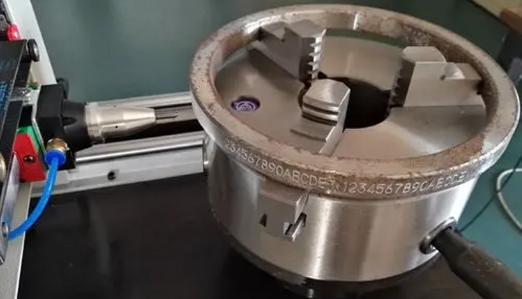
Факторы, которые следует учитывать при выборе these Two
При выборе между портативными и стационарными машинами для маркировки фланцев следует руководствоваться несколькими факторами:
- Объем приложения: Учитывайте свои производственные потребности. Для небольших и средних объемов или маркировки на месте портативная машина обеспечивает гибкость. При больших объемах производства стационарная машина обеспечивает большую эффективность и скорость.
- Рабочая среда: Оцените пространство и условия эксплуатации. Переносные машины отлично подходят для работы в стесненных условиях или в динамичных средах, например на строительных площадках, а стационарные машины идеальны для специализированных крупных объектов.
- Бюджет: Портативные машины обычно требуют меньших первоначальных инвестиций, что делает их привлекательными для небольших производств. Однако стационарные машины могут обеспечить долгосрочную экономию средств за счет более высокой эффективности при крупномасштабном производстве.
- Маркировка сложности: Если ваши требования к маркировке связаны с детализацией или сложным дизайном, вам могут подойти стационарные машины с передовыми технологиями, например, с ЧПУ или лазерной маркировкой.
- Будущие потребности: Учитывайте потенциал роста. Если вы ожидаете увеличения спроса или более сложных приложений, стационарная машина может предложить лучшую масштабируемость.
Хотите приобрести машину для маркировки фланцев?
Если вы собираетесь приобрести машину для маркировки фланцев, необходимо изучить различные модели и бренды, чтобы найти лучший вариант для ваших нужд.
Ищите поставщиков с хорошей репутацией и опытом работы в данной отрасли. Учитывайте такие факторы, как качество оборудования, гарантия и послепродажная поддержка. Компания Zixu должны стать вашим первым выбором благодаря нашему многолетнему опыту и экспертным методам. Не стесняйтесь обращаться к нам, если у вас есть какие-либо потребности.
Recommended Products

